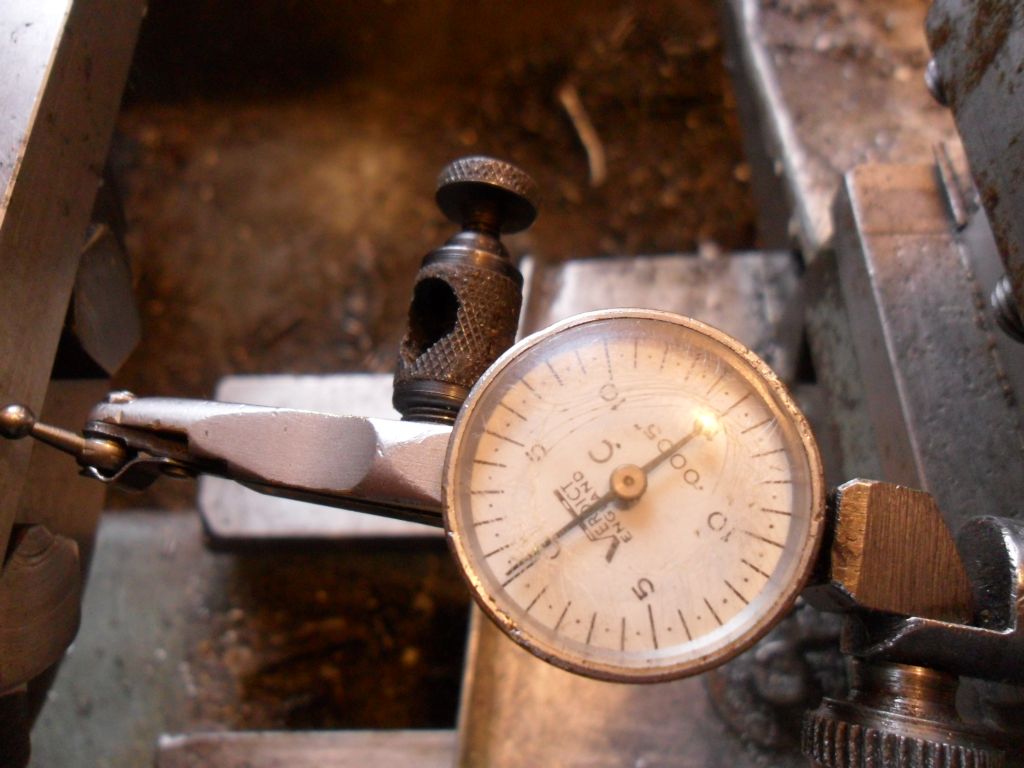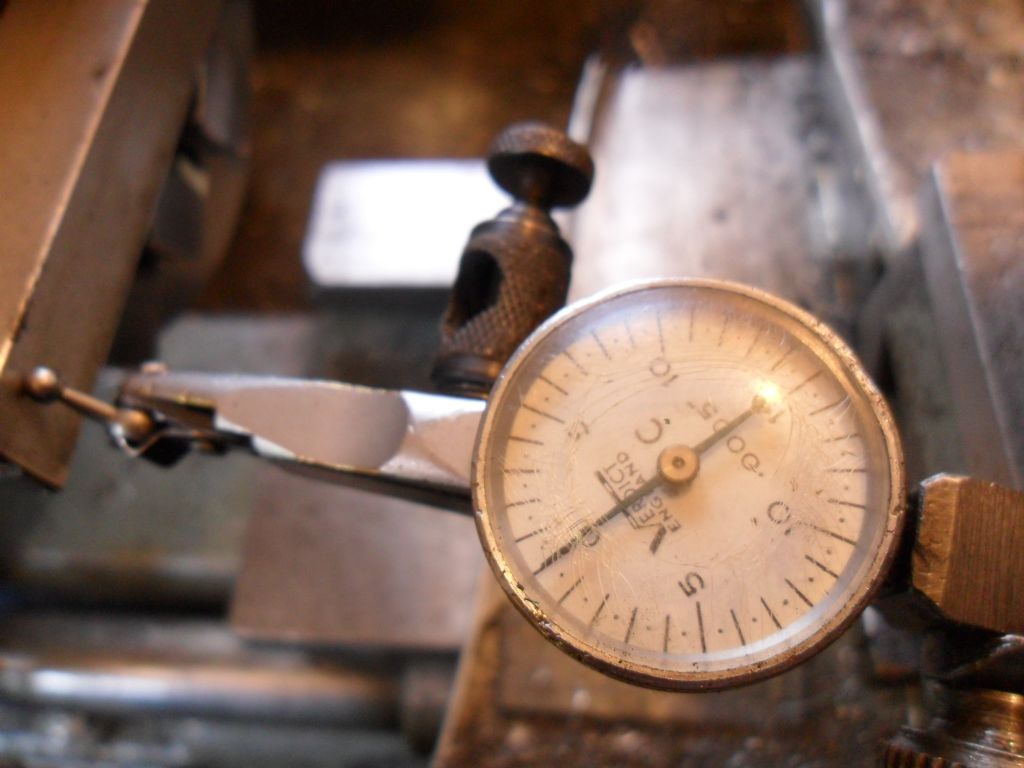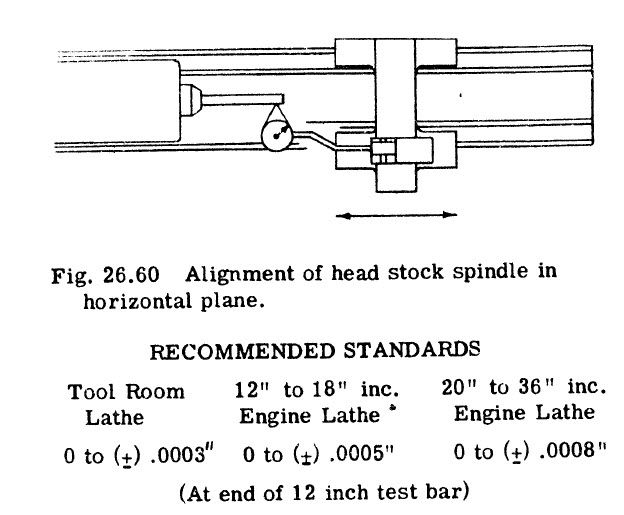(1) I’m familiar with in cycle compensation etc for machining errors but as JS says these are job specific .
This is very different from setting a manual lathe up crooked in the hope that now and again something will turn out right by chance .
The manual lathe equivalent of compensation is putting jacks under it and twisting it to a new shape for each job ?
Actually the skilled machinists I grew up with ‘ knew their machines ‘ and apart from always knowing exactly what feeds , speeds and tooling to use they would often apply their own version of in cycle compensation – they would lean on the slides to give slight biases in favourable directions .
(2) It is not possible to quantify roughness fully just using simple indicator values .
Ok for bacon slicers maybe but any more sophisticated work has to have many things into account .
One feature of roughness that is not immediately obvious is that it often has directionality – usually coming from the machining process . This is why it is important to specify the lay or machining pattern on some components .
Fascinating things to study are the linked subjects of flatness , roughness , contact theory , bearing theory and lubrication theory – especially when looking at really flat and really smooth surfaces for special applications .
Regards ,
Michael Williams .
Phil Whitley.







